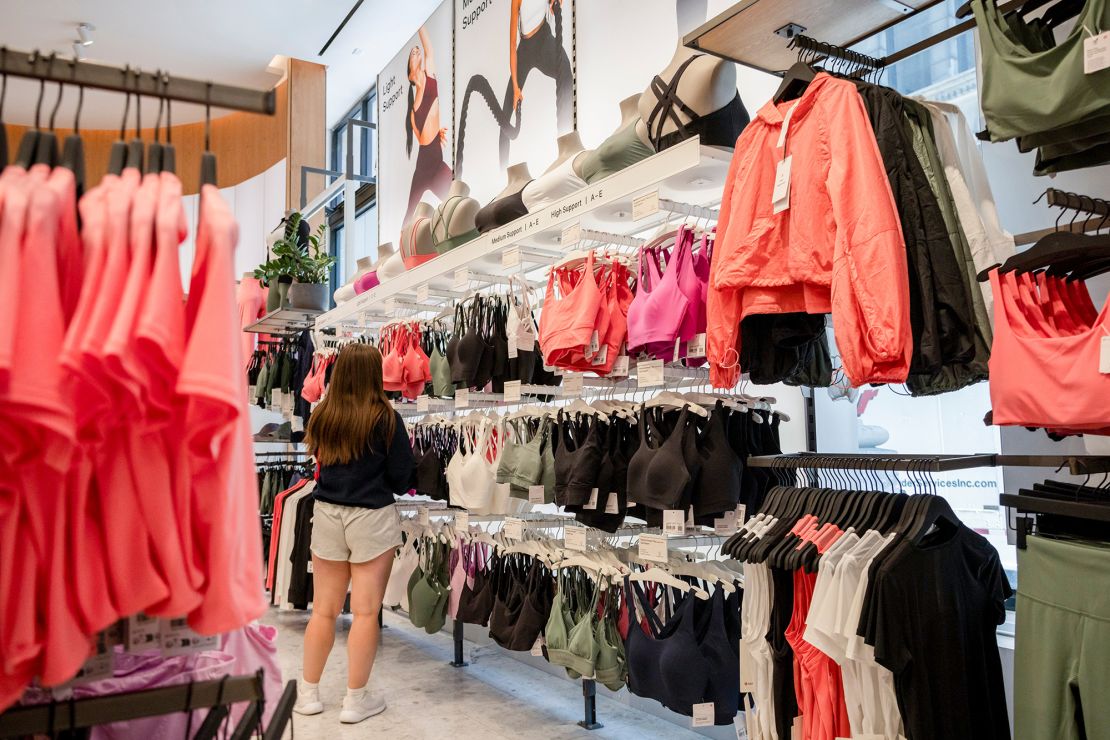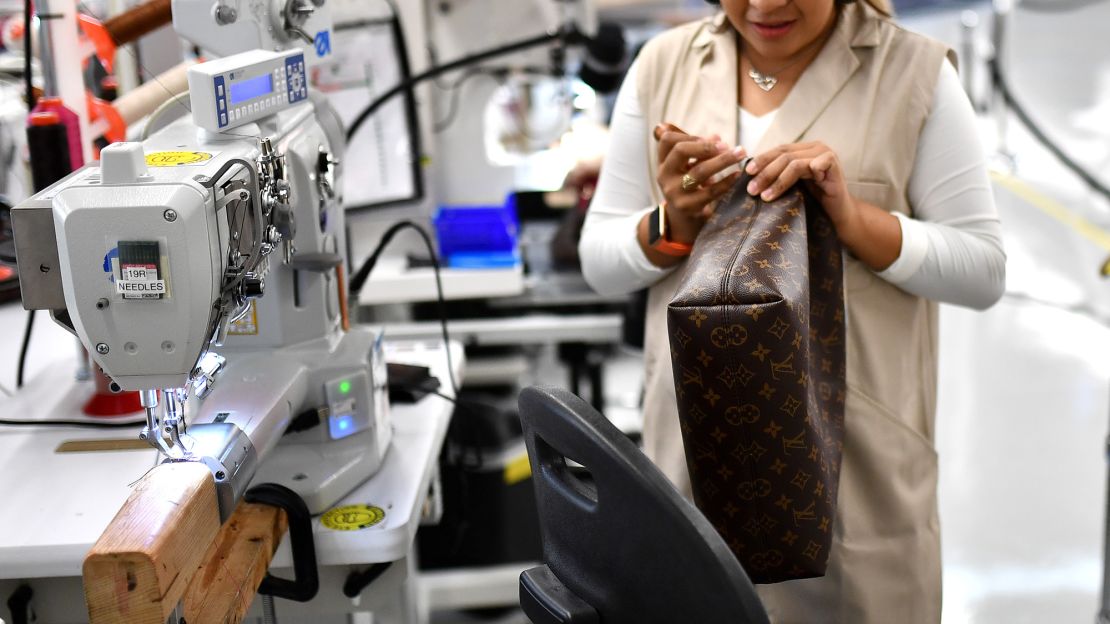Editor’s Note: This article was originally published by The Business of Fashion, an editorial partner of CNN Style.
CNN
—
The global fashion industry was left stunned on Wednesday after US President Donald Trump announced the highest and most comprehensive tariffs in nearly a century, with the most severe levies reserved for some of the biggest apparel manufacturing hubs.
In an address from the White House rose garden, Trump announced a baseline tariff of 10% on all imported goods. However, tariffs were set significantly higher on roughly two dozen countries where the US runs a trade deficit, with many of the fashion industry’s biggest production centers among them.
Goods from Vietnam — the second-biggest apparel exporter to the US after China — will be subject to a 46% tariff, Cambodia will have a 49% duty and Bangladesh 37%. China will be subject to a new 34% tariff on top of the previously announced duties, raising its tariff rate to 54%, and the EU will be hit with a 20% duty.
“We are deeply disappointed by the Trump Administration’s decision to impose new tariffs on all imports,” the trade group United States Fashion Industry Association said in a statement. “This action will particularly affect American fashion brands and retailers.”
The tariffs, Trump said, would take effect at midnight.
Fashion stocks immediately plunged in after-hours trading, with Lululemon shares dropping over 10%, Nike’s and Ralph Lauren’s falling 7% and Tapestry, Capri and PVH Corp. down around 5%. The declines exceeded a nearly 4% dip in S&P 500 futures.

The new duties, which follow Trump’s previous tariffs on goods from China, Mexico and Canada, are set to raise costs and cause turmoil for countless fashion businesses. The US is one of the world’s largest consumers of apparel and footwear, making it a vitally important market for both American and international companies. Just about every fashion item sold in the country will be hit with additional duties, as the US imports more than 98% of its clothing and about 99% of shoes.
In his announcement, Trump held up a large chart showing the countries his administration would target directly with different tariff rates, which he said represent half of the tariff and non-tariff barriers they apply to the US. The rates were higher than many analysts had anticipated.
“We will pry open foreign markets and break down foreign trade barriers, and ultimately, more production at home will mean stronger competition and lower prices for consumers,” the US president said in his address. “This will be, indeed, the golden age of America, it’s coming back. We’re going to come back very strongly.”
The shocks are likely to reverberate throughout fashion’s supply chain. After Trump’s previous tariff announcements, companies such as Walmart had already announced their intent to negotiate with suppliers and ask them to cut costs, taking on part of the burden themselves. Factories tend to operate on slim margins already, and demands for price cuts will only squeeze them further. The effects could ripple up the chain to textile makers and farmers as everyone seeks lower prices to save costs.
Many brands and retailers, meanwhile, will have to choose between absorbing the costs in order to hold prices steady or passing them onto customers via price hikes at a moment when many are already weary from inflation and minding their budgets. Before the new tariffs were announced, the uncertainty around what Trump’s plan would entail already weighed on US consumer confidence, which fell in March to its lowest level since the pandemic.
“More tariffs equal more anxiety and uncertainty for American businesses and consumers,” said David French, executive vice president of government relations for the National Retail Federation, in a statement after the announcement.

While the tariffs will hit a wide variety of fashion businesses, some sectors may be particularly vulnerable at the moment. Luxury, for instance, has seen the US as its most resilient market in a global slowdown. Few companies make their goods within its borders, however, meaning they’ll now incur new costs — after already spending much of the last few years raising prices. LVMH, which opened its third factory in the US in 2019, is one of a few with a notable manufacturing footprint in the country. RBC Capital Markets analyst Piral Dadhania estimated in a recent research note that those facilities account for about 50% of its product volume in the US.
Prior to the tariff announcement, Dadhania had estimated the impact on net income for a number of luxury names, assuming a 20% blanket tariff. The estimate didn’t factor in the possibility of even higher numbers, like the 31% rate for Switzerland. While the higher prices and flagging sentiment may not stop the spending of the ultra-wealthy, it could dampen the mood of so-called aspirational shoppers, who have already shown reduced demand for luxury goods in recent years amid price hikes.
Sports brands are also in the firing line. Many have led the charge in diversifying their sourcing away from China, which was subject to tariffs in Trump’s first term. But they often moved to countries such as Vietnam and Cambodia, and find themselves once again facing a spike in costs. Nike, for example, made 50% of its footwear in Vietnam in 2024, while Swiss running brand On made 90% of its shoes there.
But all fashion businesses will feel the effects in one form or another. Even those that produce their finished goods in the US get many of their raw materials from overseas. The industry will have to navigate through a new set of challenges in the months ahead.
This article was originally published by The Business of Fashion, an editorial partner of CNN Style.



